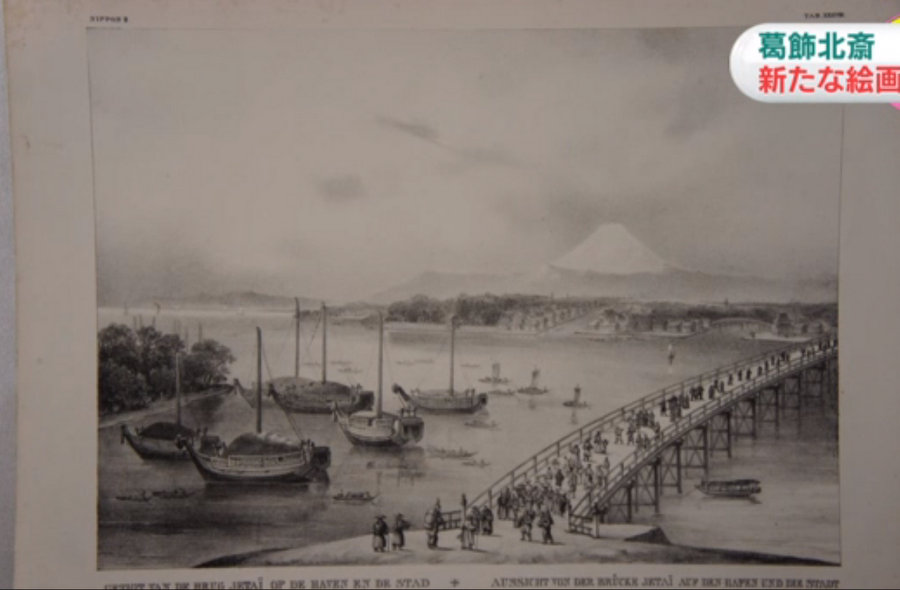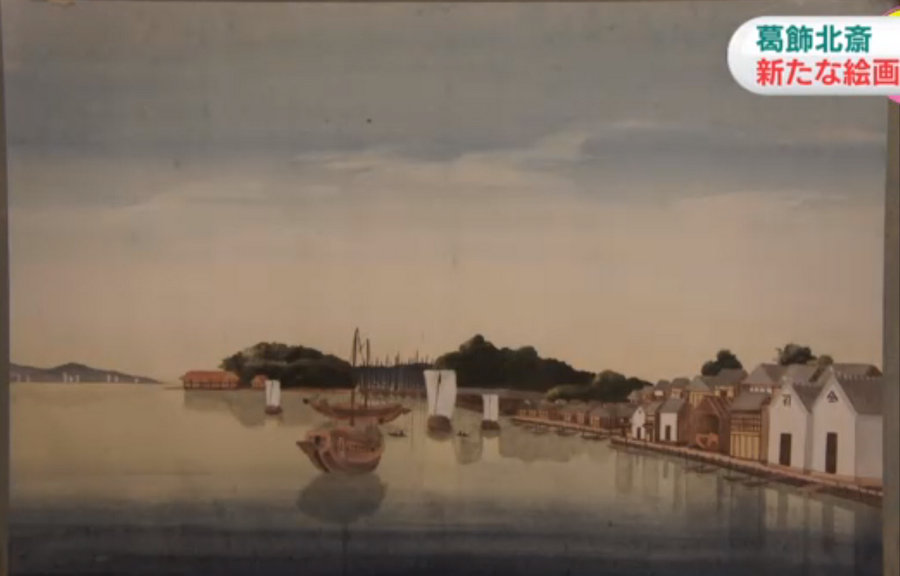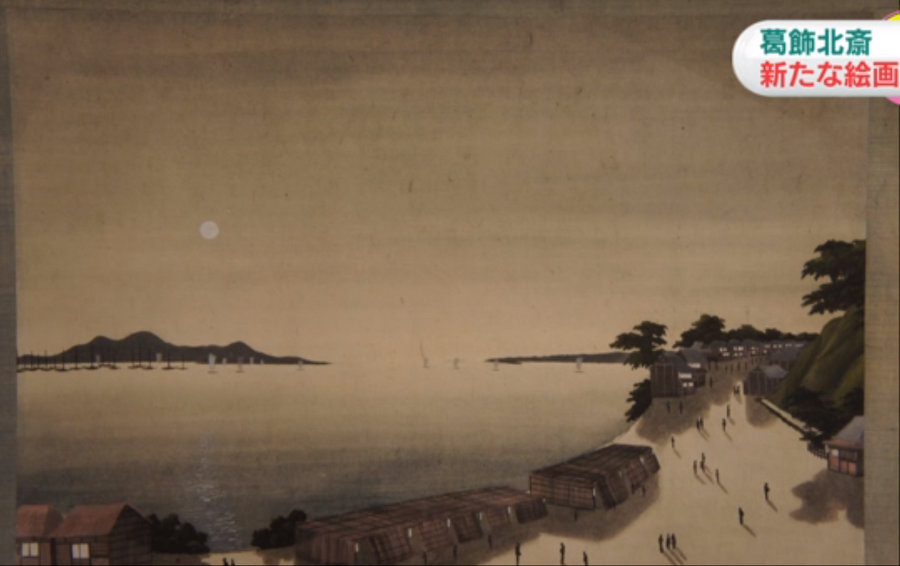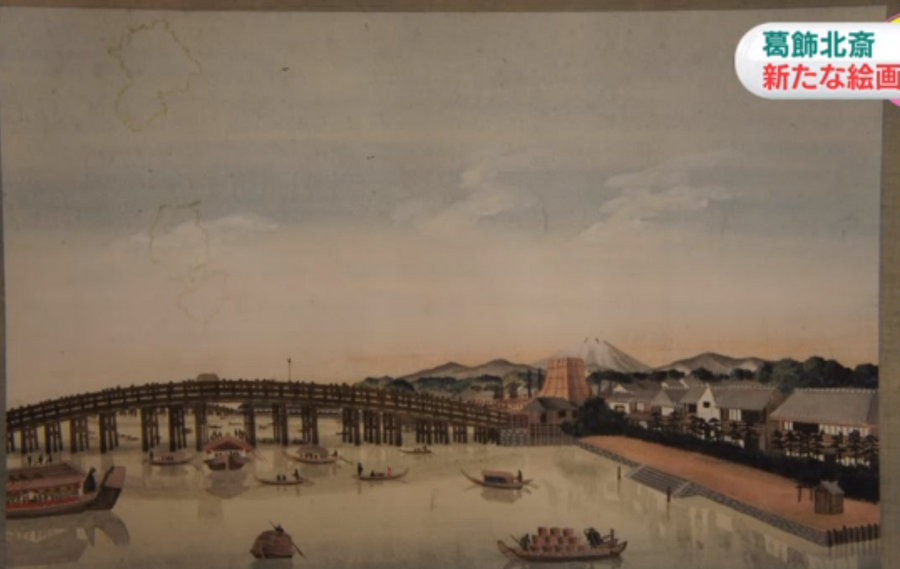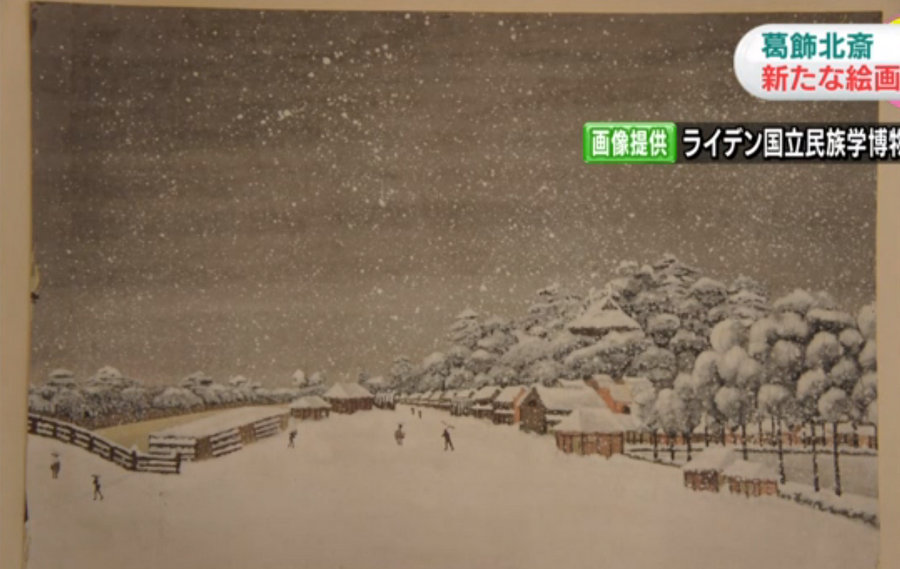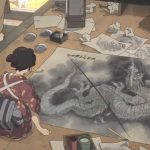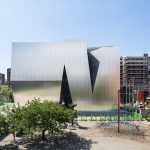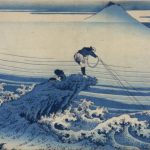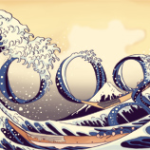The German physician Philipp Franz von Siebold spent 6 years stationed in Japan in the 1820s and is largely credited with introducing Japan to Western medicine. Siebold was also a botanist and art enthusiast and part of his collection eventually ended up in the National Museum of Ethnology in the Netherlands. However, the artist behind six paintings, created in Western styles, remained unknown. Until a group of researchers took a closer look at records kept by Siebold’s descendants.
The six paintings were created in water color, and in western styles, leading curators to believe they were done by an unknown western artist. However, a group of researchers, led by a prominent expert on Hokusai, examined the paintings recently and decided to investigate further. By cross-referencing records obtained from Siebold’s descendants, the researchers discovered documents that indicated “Hokusai created paintings in our style,” according to NHK. This led them to believe that there is a high likelihood that the paintings are the work of Katsushika Hokusai.
The researchers revealed their findings at a conference in Japan on October 22. Five of the six paintings were done on washi paper and depict the landscapes of Edo (current Tokyo) like Nihonbashi and Shinagawa. If indeed the work of Hokusai, the paintings will prove to be historically significant as they shed light on Hokusai’s understanding and mastery of Western art.

